Milan, the stylish heart of Italy, is a city that blends history and modernity like no other. In just two days, you can experience its rich cultural heritage, iconic landmarks, and bustling urban energy. From the awe-inspiring beauty of the Duomo di Milano to the historic charm of the Sforza Castle, Milan offers a perfect mix of art, architecture, and fashion.
Whether you’re drawn by its historical sites or its vibrant modern lifestyle, Milan is a city that captures the essence of both past and present. Join us as we explore Milan’s top attractions, cultural treasures, and hidden gems in this two-day adventure.
We spent about 48 hours in this vibrant city. Beforehand, we did not know exactly what to expect from Milan. Since Rome, Naples and Florence came to our minds earlier, but Milan surprised us tremendously. It is a city with a vibe. And we tried to capture this vibe in our video on YouTube and in this blog. If you are not really a reader and prefer to watch the video then scroll all the way down.
Day I
Upon arriving at Milan Bergamo Airport, we took the bus service connecting directly to Milan’s main train station, Milano Centrale. The buses run frequently, making it a convenient and affordable option for travelers. The airport is not very big and there are several bus companies ready to take you. You can buy your ticket online or from a staff member in front of the bus. The journey took around an hour, offering scenic views of the countryside before dropping us off in Milan.
Once you arrive at Milano Centrale, it’s best to take the tram or metro to the center of Milan.
Cimitero Monumentale di Milano
We started exploring right away and the first activity on our agenda, was the Cimitero Monumentale di Milano. Cimitero Monumentale di Milano is one of Italy’s most remarkable cemeteries, renowned for its grand architecture and artistic tombs. It serves as the final resting place for notable figures in Milan’s history, including artists, politicians, and industrialists. Today, visitors can explore the cemetery’s vast grounds, admiring its stunning sculptures and mausoleums. Open daily except Mondays, Cimitero Monumentale offers free entry and is easily accessible via Milan’s public transport system.
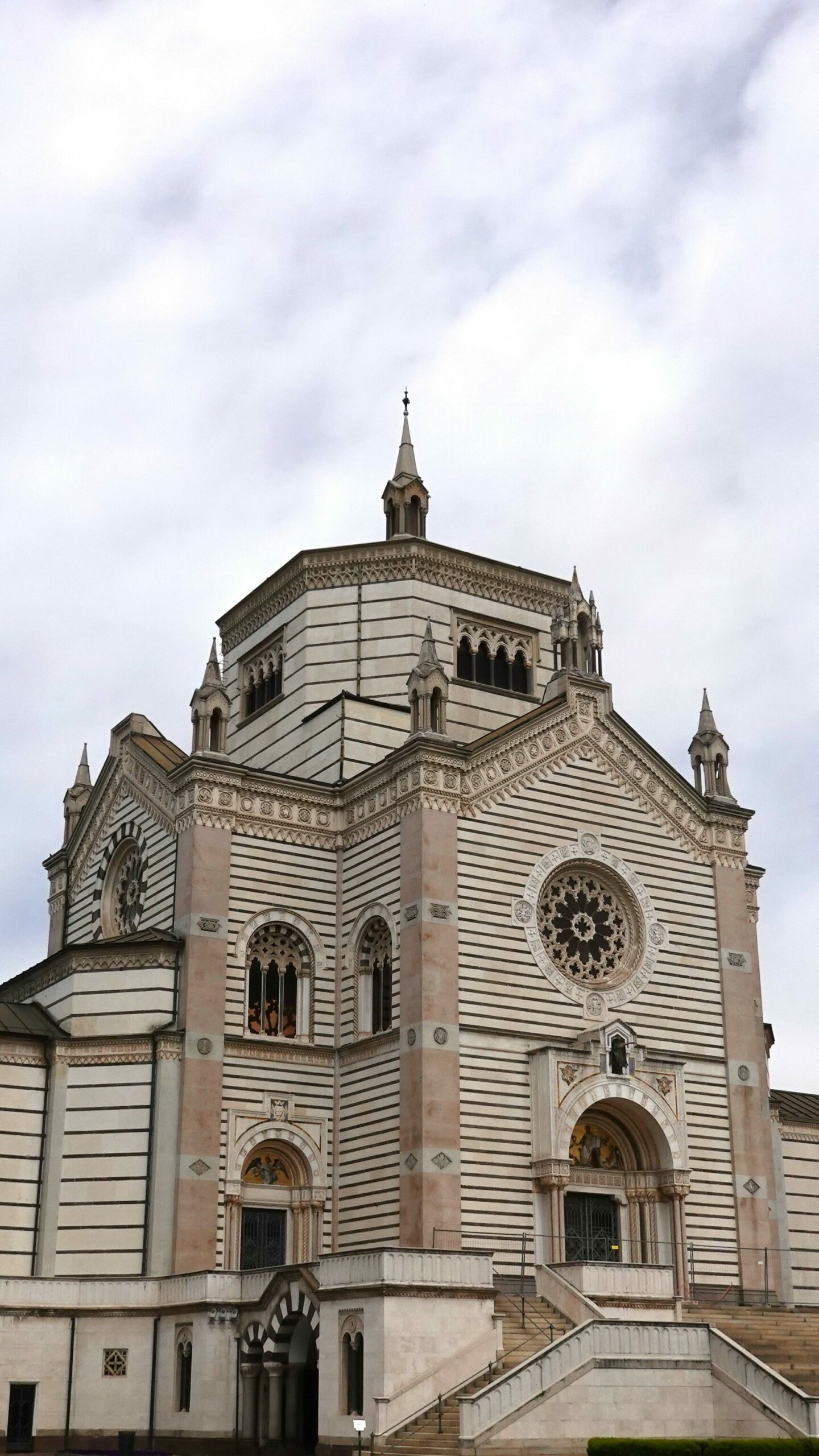
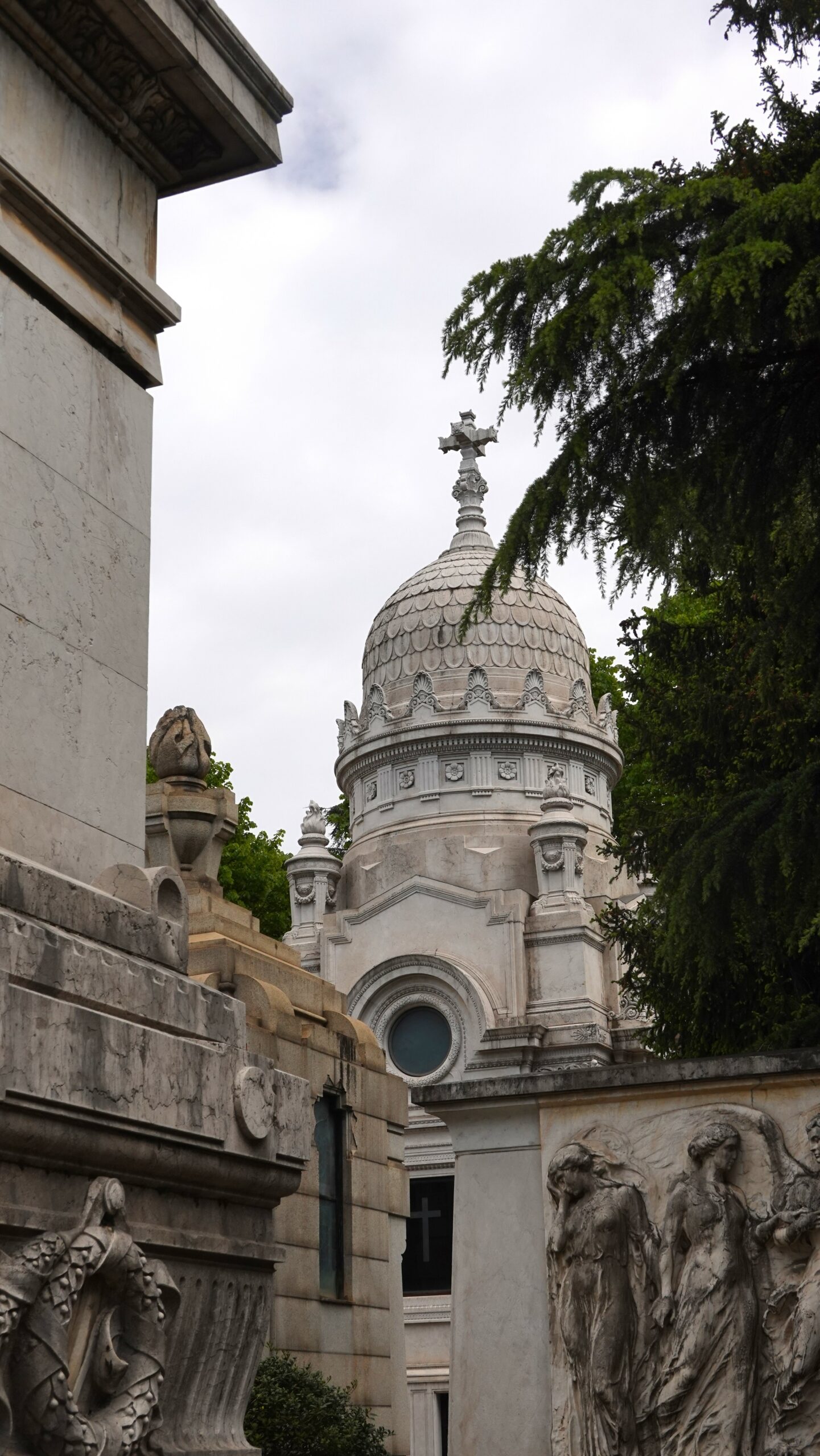

Castello Sforzesco
Castello Sforzesco, a symbol of Milan’s power and history, dates back to the 15th century when it was built by Duke Francesco Sforza on the remnants of a 14th-century fortress. Over the centuries, the castle has transformed from a military stronghold to a Renaissance residence. Today, it houses some of Milan’s finest museums and art collections, including works by Michelangelo and Leonardo da Vinci. Located near Parco Sempione, Castello Sforzesco is easily accessible by public transport and is open to visitors daily. Entrance to the castle grounds is free, while the museums inside require a ticket. It’s a must-visit for history buffs and art lovers alike.
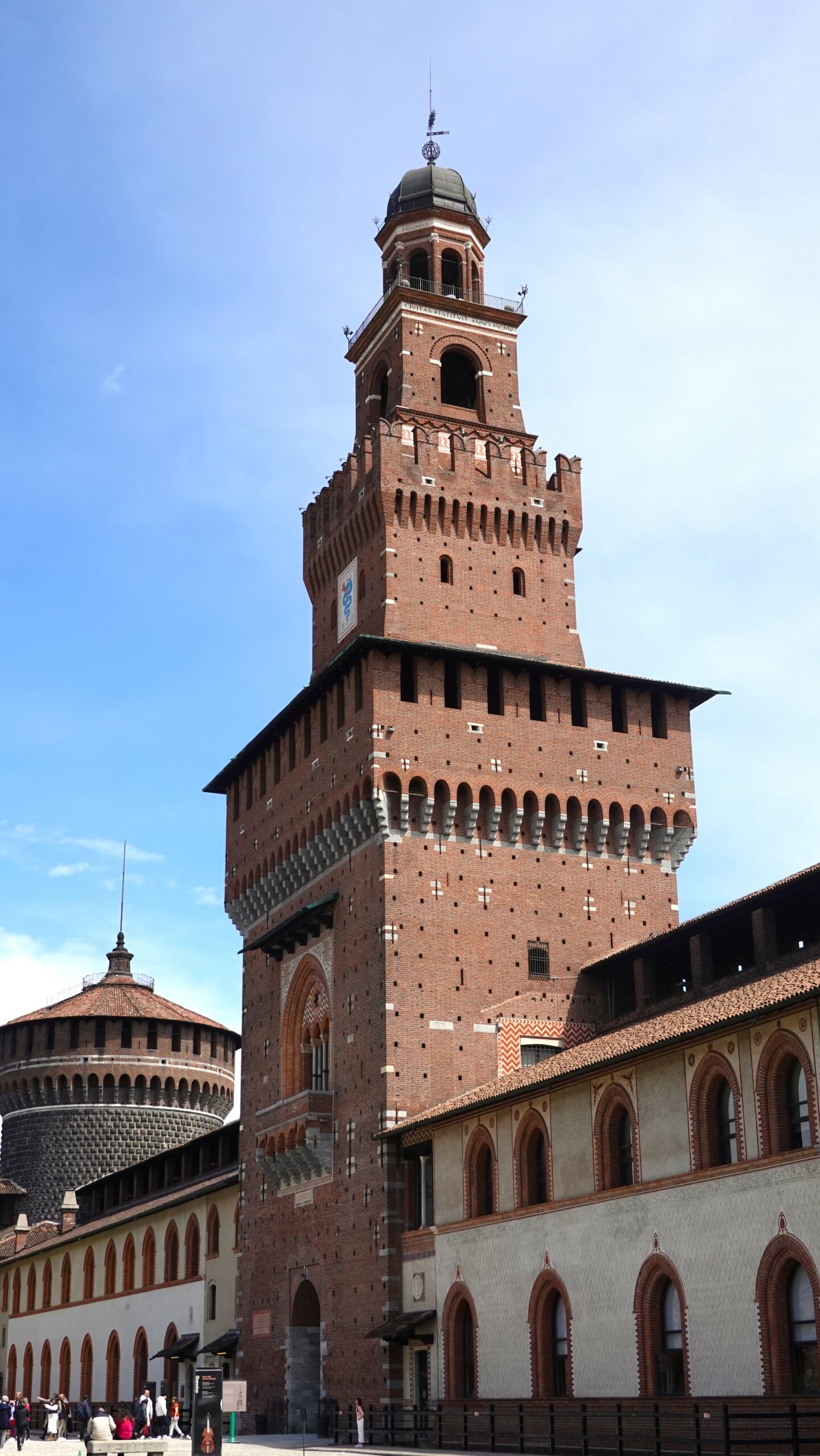
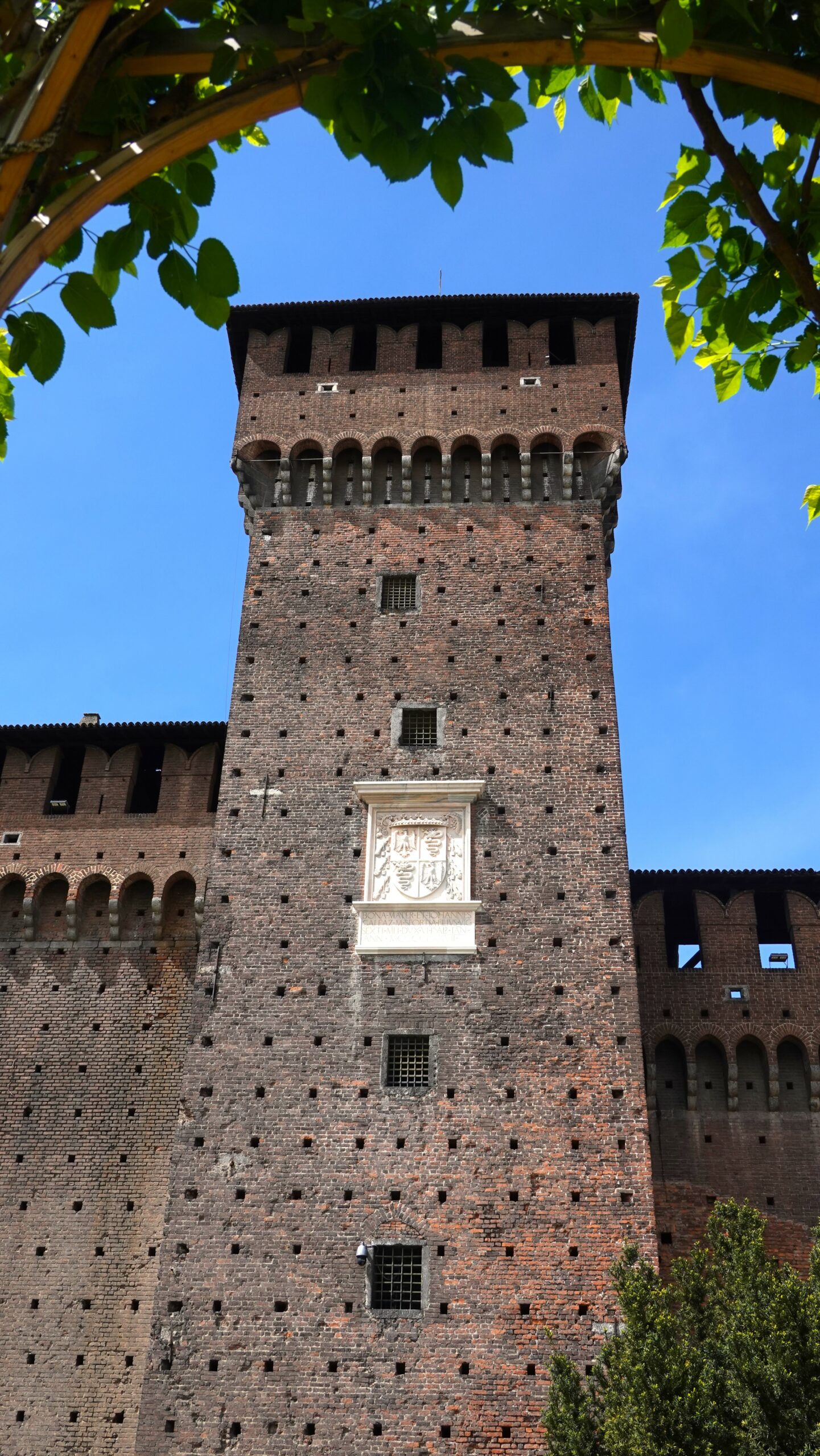
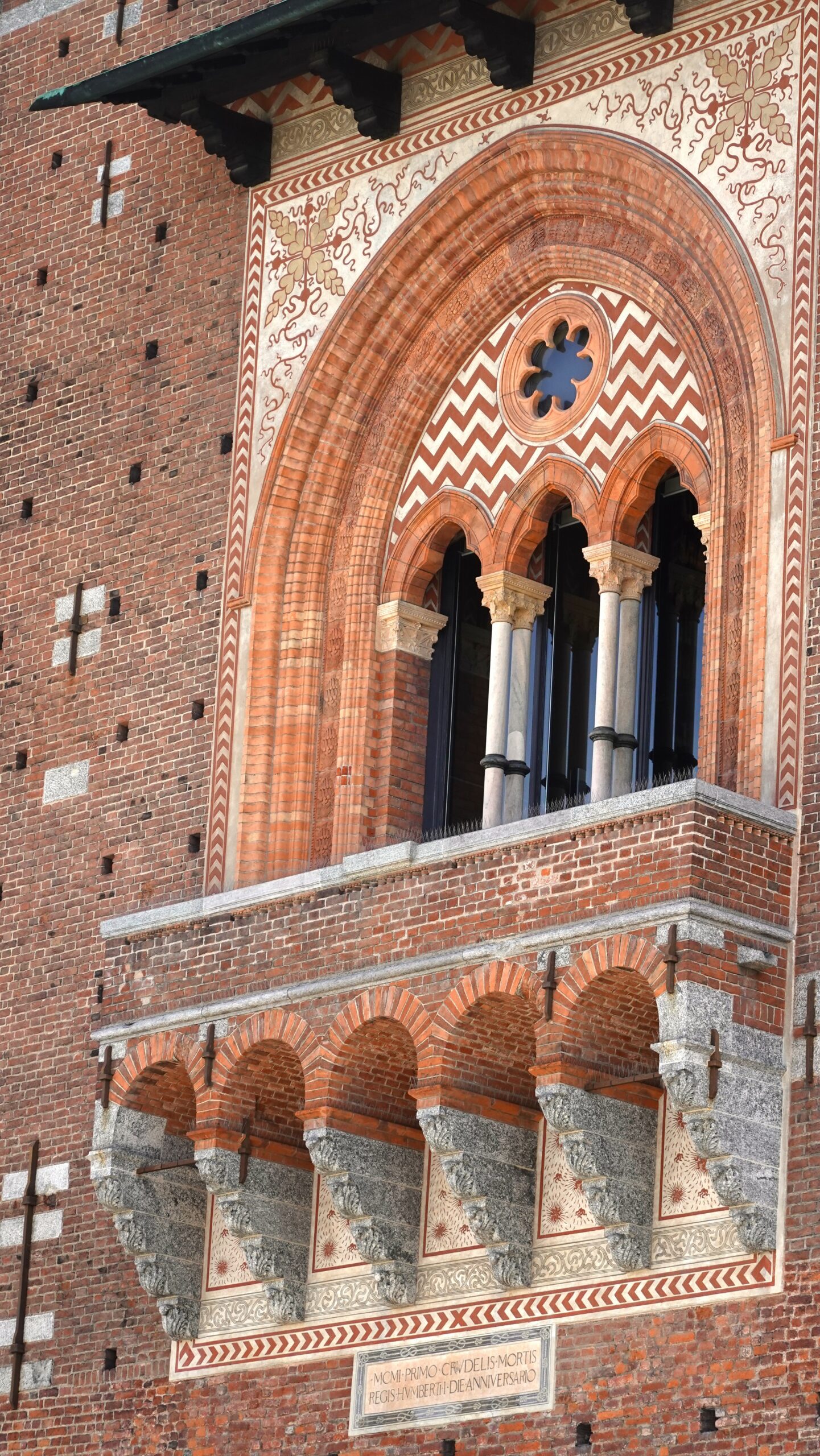
Parco Sempione
Via the courtyard of Castello Sforzesco, we walked towards Parco Sempione. Milan’s largest and most iconic park, was created in 1893 on the former parade grounds of Castello Sforzesco. Designed in a romantic English garden style, it offers lush greenery, picturesque paths, and landmarks like the Arco della Pace and the Torre Branca. Historically, Parco Sempione has been a beloved gathering place for locals and visitors alike. It provides a tranquil escape within the bustling city. Today, the park is open daily and free to visit, making it an ideal spot for relaxation, picnics, and strolls. Located near Milan’s city center and accessible by metro, Parco Sempione is a must-see oasis in Milan’s urban landscape.
What To See in Parco Sempione:
- The Bridge of the Little Mermaids
- Arena Gianni Brera
- Arco della Pace
- Torre Branca
The Bridge of the Little Mermaids:
The Bridge of the Little Mermaids (Ponte delle Sirenette) is one of Milan’s hidden gems, located in the scenic Parco Sempione. The bridge is a charming historical spot for photos and a peaceful stroll. Visitors can easily access the Bridge of the Little Mermaids by walking through Parco Sempione.

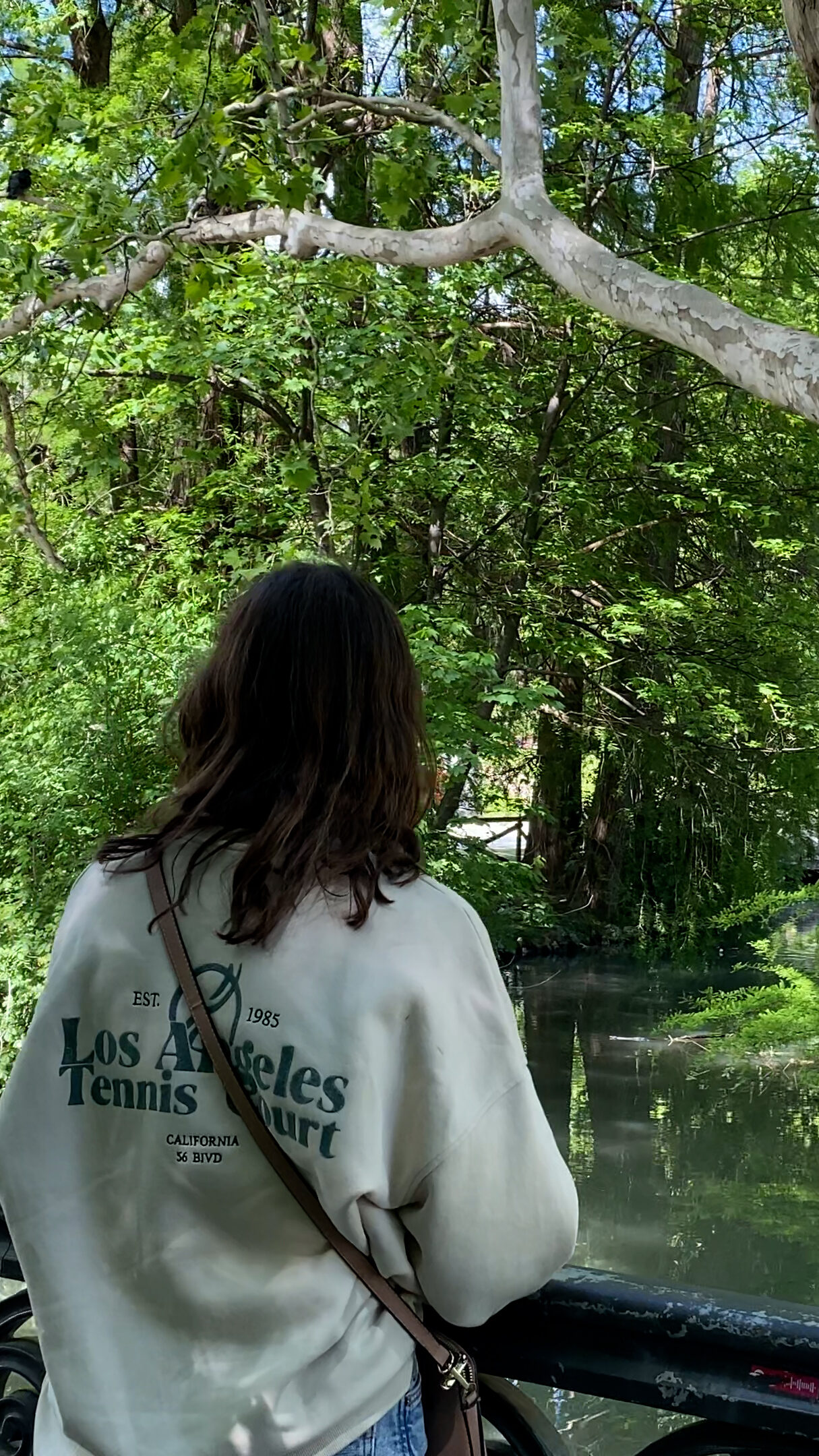
Arena Gianni Brera
Arena Gianni Brera, a historic open-air cinema and cultural venue in Milan, offers a unique cinematic experience amidst a charming garden setting. Established in 1930, it pays homage to renowned sports journalist Gianni Brera. Today, visitors can enjoy a diverse lineup of classic and contemporary films, especially during the summer months. The arena is conveniently located near the city center and is easily accessible by public transport.
There are often exhibitions and if you ask the receptionist if you can view the interior of the arena, this should normally be possible. However, of course, there may always be circumstances or exhibitions for which you need to purchase a ticket. My best advice is to just give it a try and be respectful.

Arco della Pace
Arco della Pace is an iconic neoclassical monument located at the edge of Parco Sempione in Milan. Visitors can easily access the arch via public transport, and it’s a popular spot for both tourists and locals. The surrounding area features cafes and gardens, making it a perfect stop during a day of exploring Milan. Arco della Pace is a must-see landmark that captures the essence of Milan’s rich history and vibrant culture.

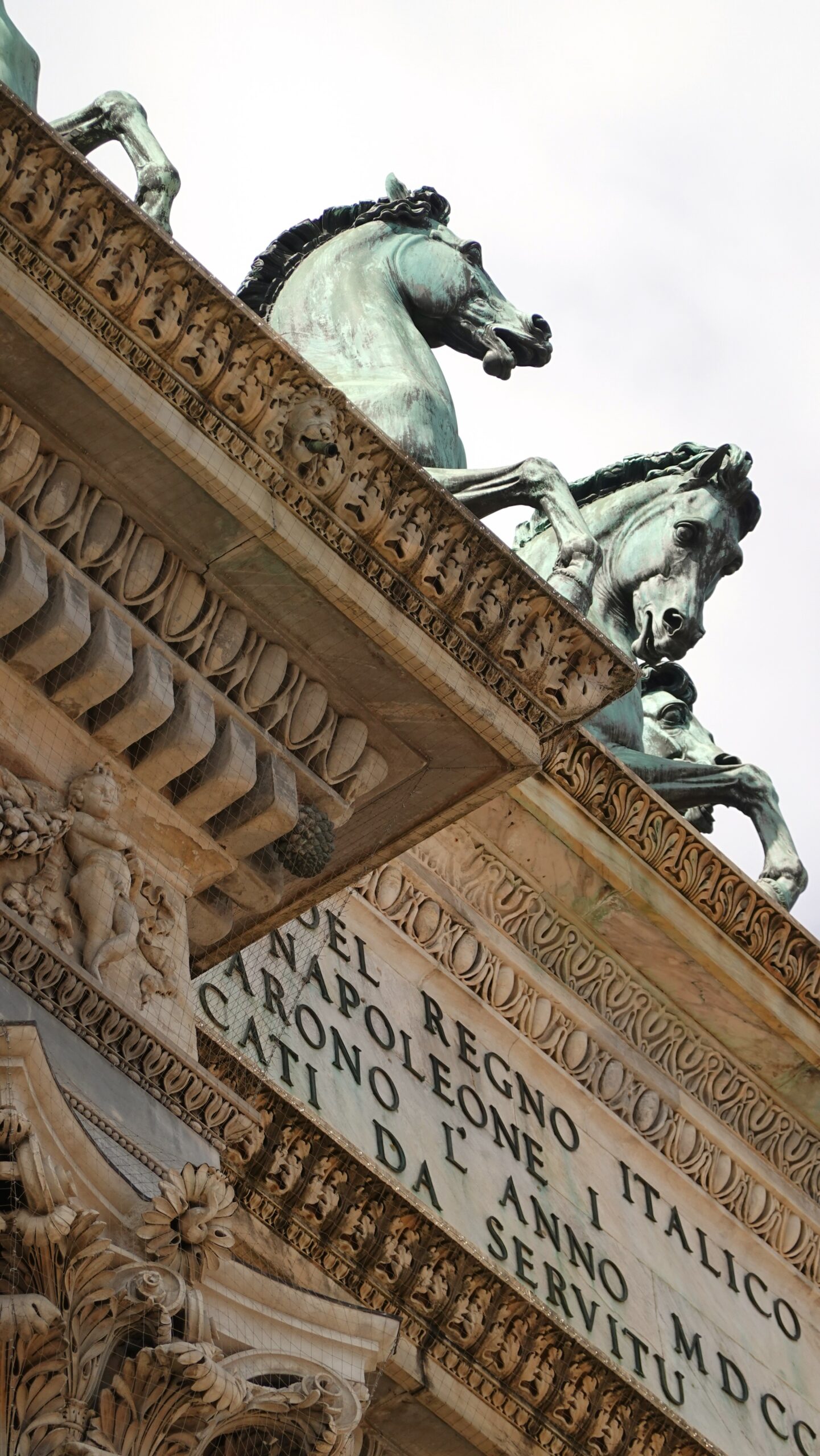

Torre Branca
Torre Branca is a striking observation tower located in Milan’s Parco Sempione, offering breathtaking panoramic views of the city. Visitors can take an elevator to the top, where they can enjoy stunning views of the Duomo and Castello Sforzesco. Today, Torre Branca is open to the public, typically from April to October, with varying hours depending on the season. Tickets can be purchased on-site, making it an easy and accessible attraction for those looking to experience Milan from an unique perspective.
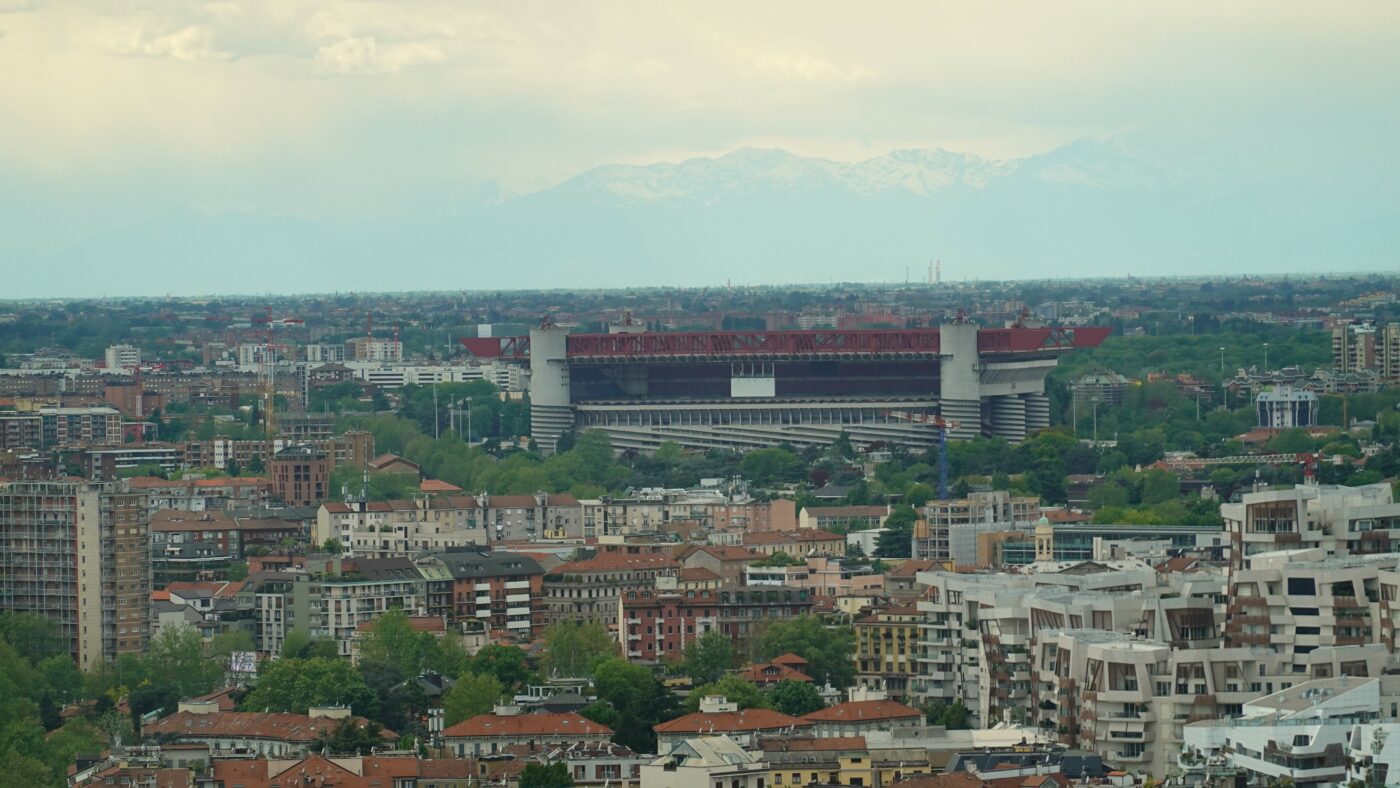
Time Spent
We spent two relaxing hours in Parco Sempione, enjoying its peaceful pathways and scenic beauty. We strolled past landmarks like the Sforza Castle and the Arco della Pace, admired the picturesque pond, and took in the vibrant atmosphere. It was the perfect way to unwind and connect with nature in the heart of Milan.
Hotel San Guido Porta Volta
Hotel San Guido Porta Volta is a charming boutique hotel located in Milan’s vibrant Porta Volta district. It’s just a short distance from the city center. This stylish hotel combines modern comforts with a welcoming atmosphere, featuring well-appointed rooms equipped with contemporary amenities.
The hotel is open year-round, and reservations can be made online through their official website or popular travel booking platforms. Whether you’re in Milan for business or leisure, Hotel San Guido offers a perfect blend of comfort and convenience. It’s therefore a fantastic choice for your stay in this dynamic city.
China Town
Milan’s Chinatown, known as “Quartiere Cinese,” is a vibrant and culturally rich neighborhood that offers an unique blend of Asian culture and Italian flair. Visitors can explore a variety of shops selling everything. Varying from traditional Chinese goods to trendy fashion items. You can also enjoy a diverse range of culinary experiences, including dim sum, bubble tea, and regional specialties.

A must-try in Milan’s Chinatown is the authentic Chinese dumplings and noodles. Pair this with bubble tea from one of the many trendy tea shops in the area, such as Hey Tea or Gong Cha, for a perfect Chinatown experience.
Chinatown is conveniently located just a short walk from the city center and is easily accessible by public transport, including the metro and tram lines. With its rich history and lively ambiance, Milan’s Chinatown is a must-visit destination.
Day II
The second day we started early to make the most of our day. It was a rainy day, but despite these conditions we made the best of it.
Teatro alla Scala
We started our day at Teatro alla Scala, one of the world’s most prestigious opera houses and a cultural gem located in the heart of Milan. The theatre has stunning neoclassical architecture, lavish interior, and exceptional acoustics. Today, visitors can explore Teatro alla Scala through guided tours, which provide insights into its fascinating history and a glimpse of the beautiful auditorium, museum, and backstage areas. You can do it without a guided tour as well, but I’m not sure if you get to see the exact same things.
Conveniently located near Milan’s city center, Teatro alla Scala is easily accessible by public transport. If you want to experience the cultural heritage of Milan it’s an essential stop. Don’t miss the opportunity to immerse yourself in the magic of this iconic venue!


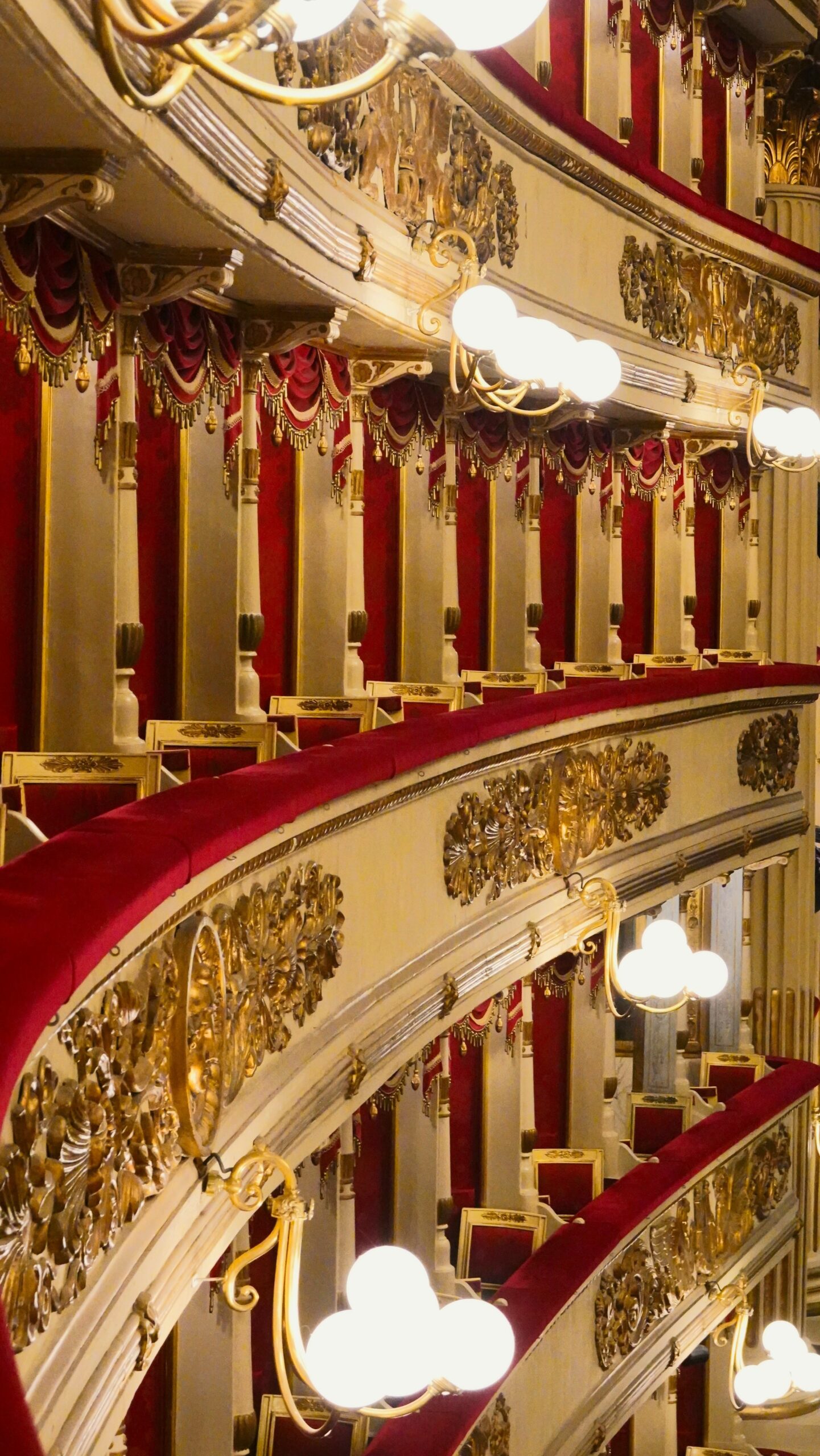
Galleria Vittorio Emanuele II
From Teatro alla Scala we strolled to Galleria Vittorio Emanuele II, one of Milan’s most iconic landmarks, renowned for its stunning architecture and vibrant atmosphere. The Galleria is celebrated for its magnificent glass and iron dome, intricate mosaics, and luxurious boutiques, making it a perfect destination for shopping and dining.

Visitors can explore a variety of high-end shops, cafes, and restaurants within the Galleria, including famous brands and traditional Italian eateries. Open year-round, the Galleria is easily accessible by public transport, with the Duomo metro station located nearby. While visiting, don’t miss the opportunity to admire the stunning architecture. Whether you’re looking to indulge in shopping or simply enjoy the beauty of this historic space, Galleria Vittorio Emanuele II offers a typical Milanese experience.
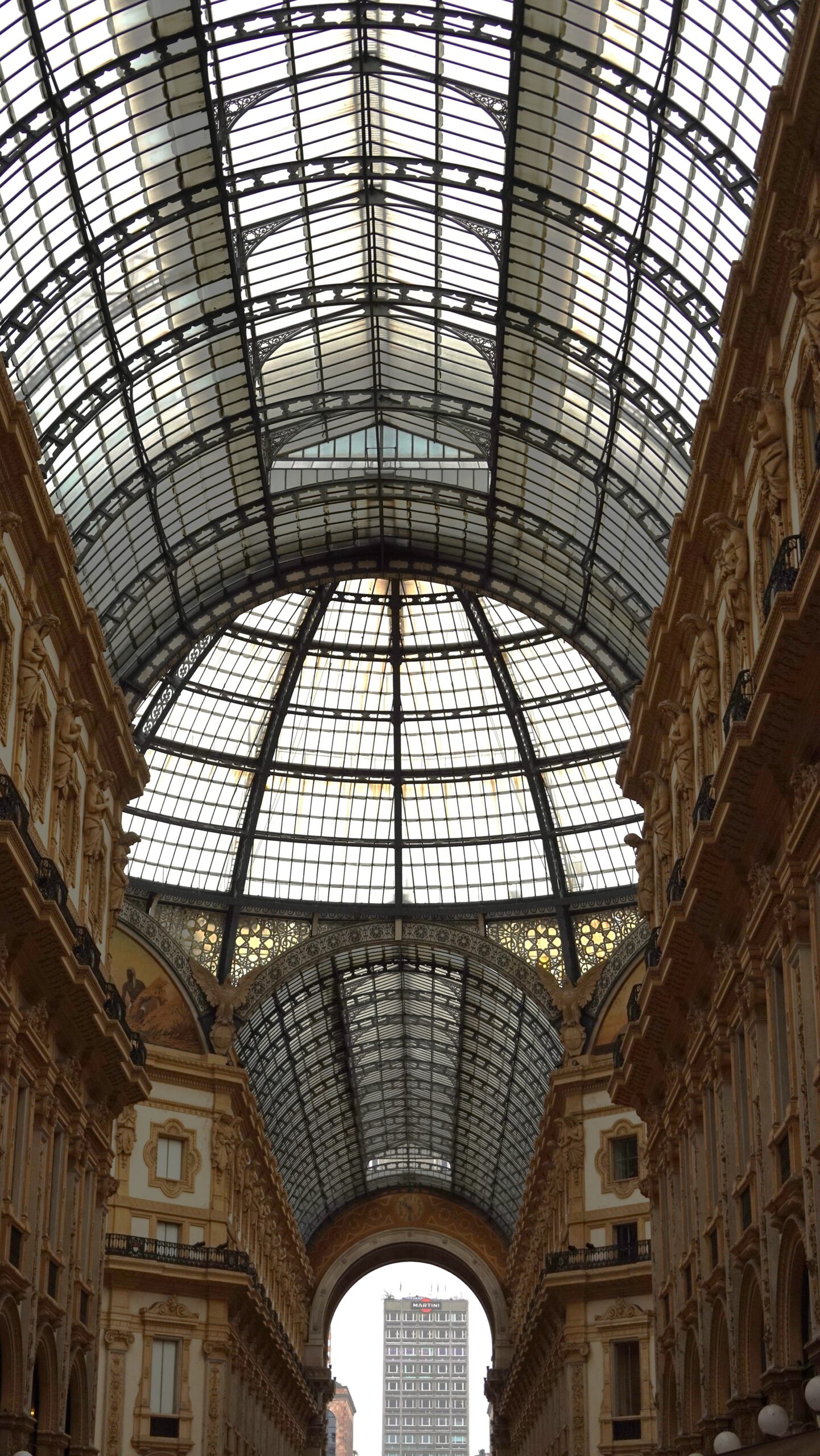
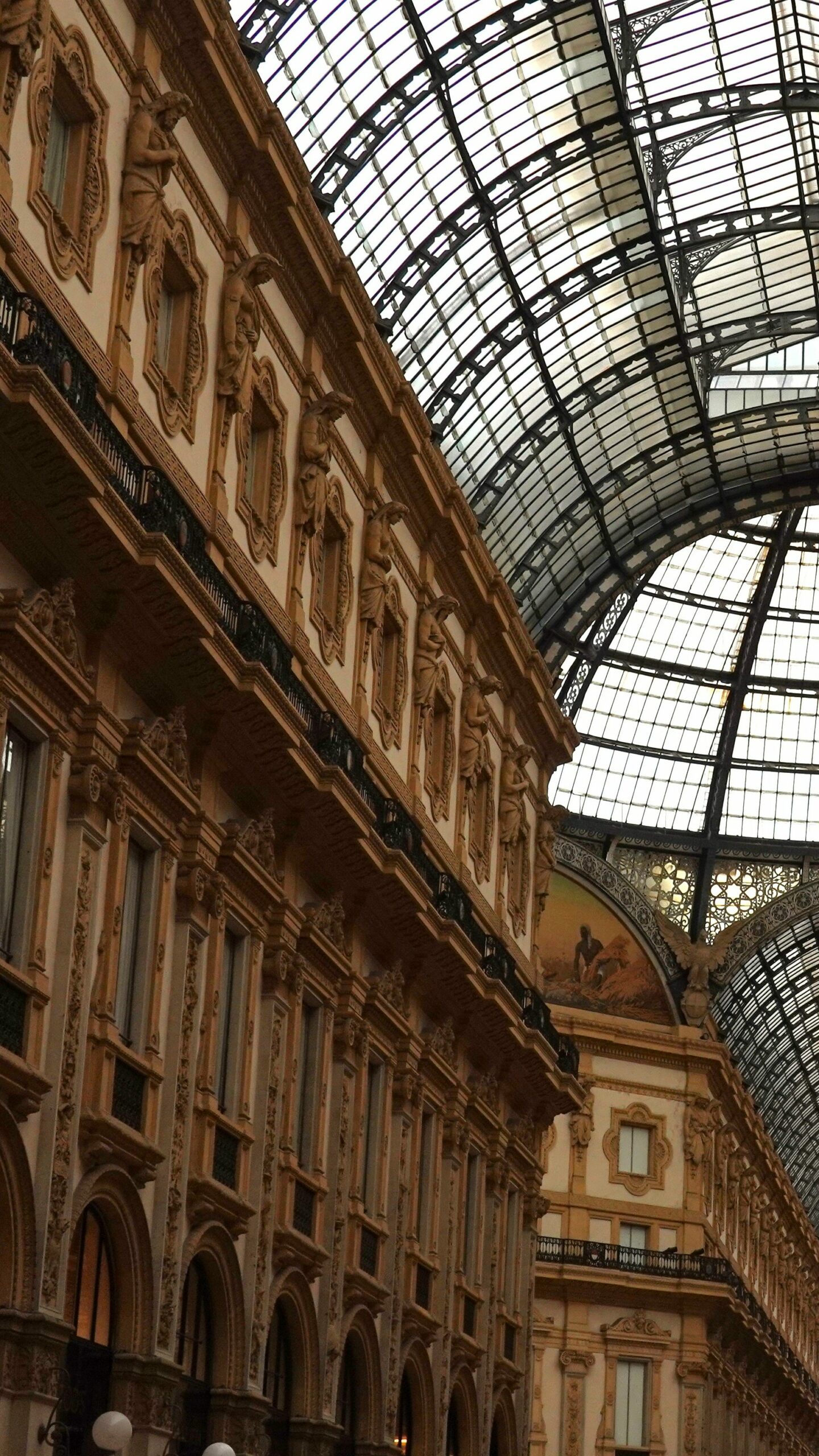
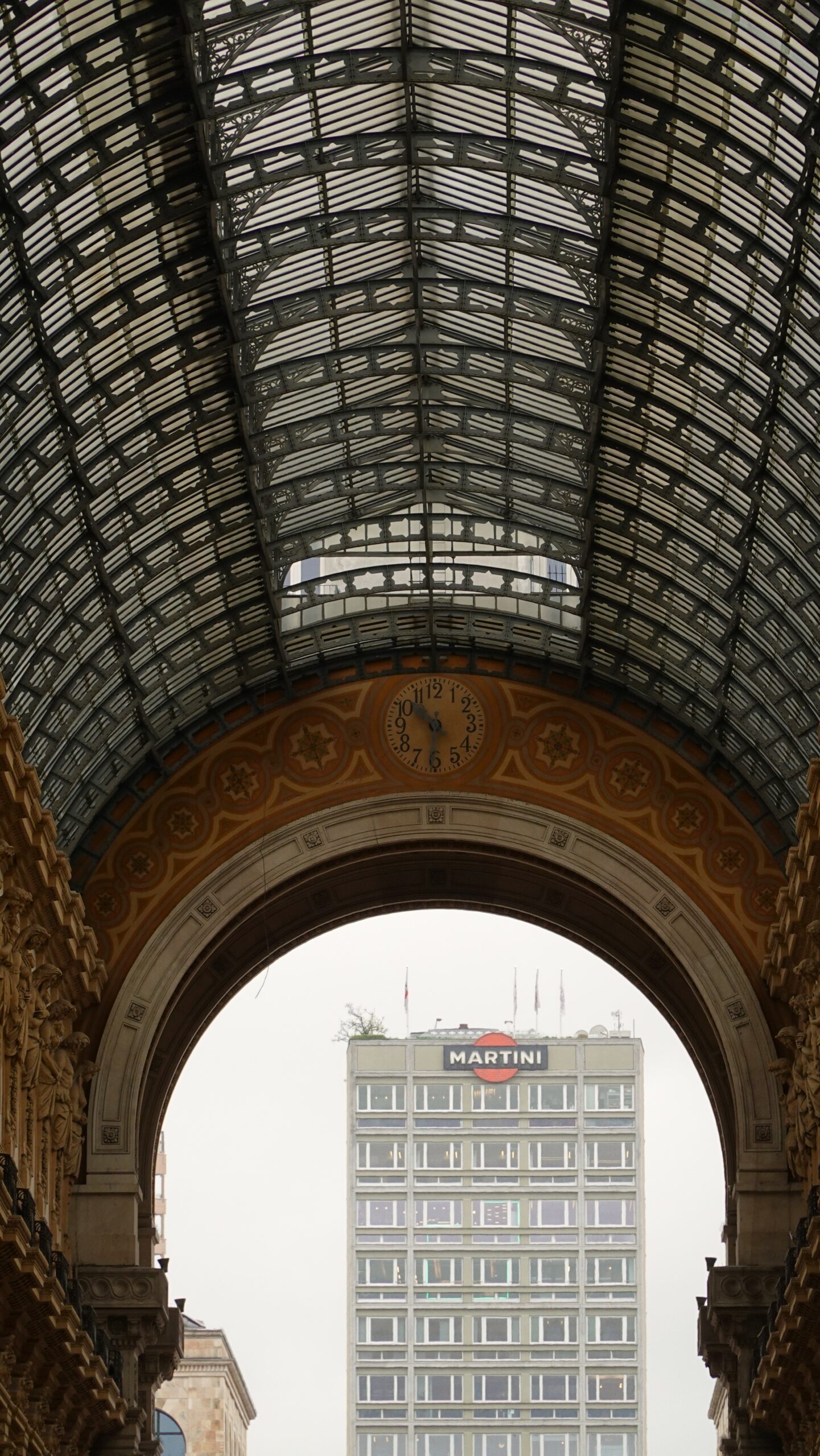
Piazza del Duomo
Via Teatro alla Scala and Galleria Vittorio Emanuelle II, you can easily continue your way by foot to Piazza del Duomo. The vibrant heart of Milan, renowned for its breathtaking architecture and cultural significance. This iconic square is dominated by the magnificent Milan Cathedral (Duomo di Milano). Surrounding the iconic square are other historical landmarks, including the Galleria Vittorio Emanuele II and the Palazzo Reale, making it a hub of activity and a hub for both locals and tourists.
Visitors can easily access Piazza del Duomo via Milan’s extensive public transport network, with the Duomo metro station located directly beneath the square. The area is open year-round and offers a variety of attractions and numerous shops and cafes for refreshments.
Duomo di Milano
On Piazza del Duomo you will find the Duomo di Milano. This magnificent Cathedral, is a masterpiece of Gothic architecture and a symbol of the city. Construction began in 1386 and continued for nearly six centuries, resulting in a stunning façade adorned with over 3,400 statues, intricate spires, and a breathtaking stained glass interior. The cathedral serves as the seat of the Archbishop of Milan and is one of the largest cathedrals in Europe, attracting millions of visitors each year.
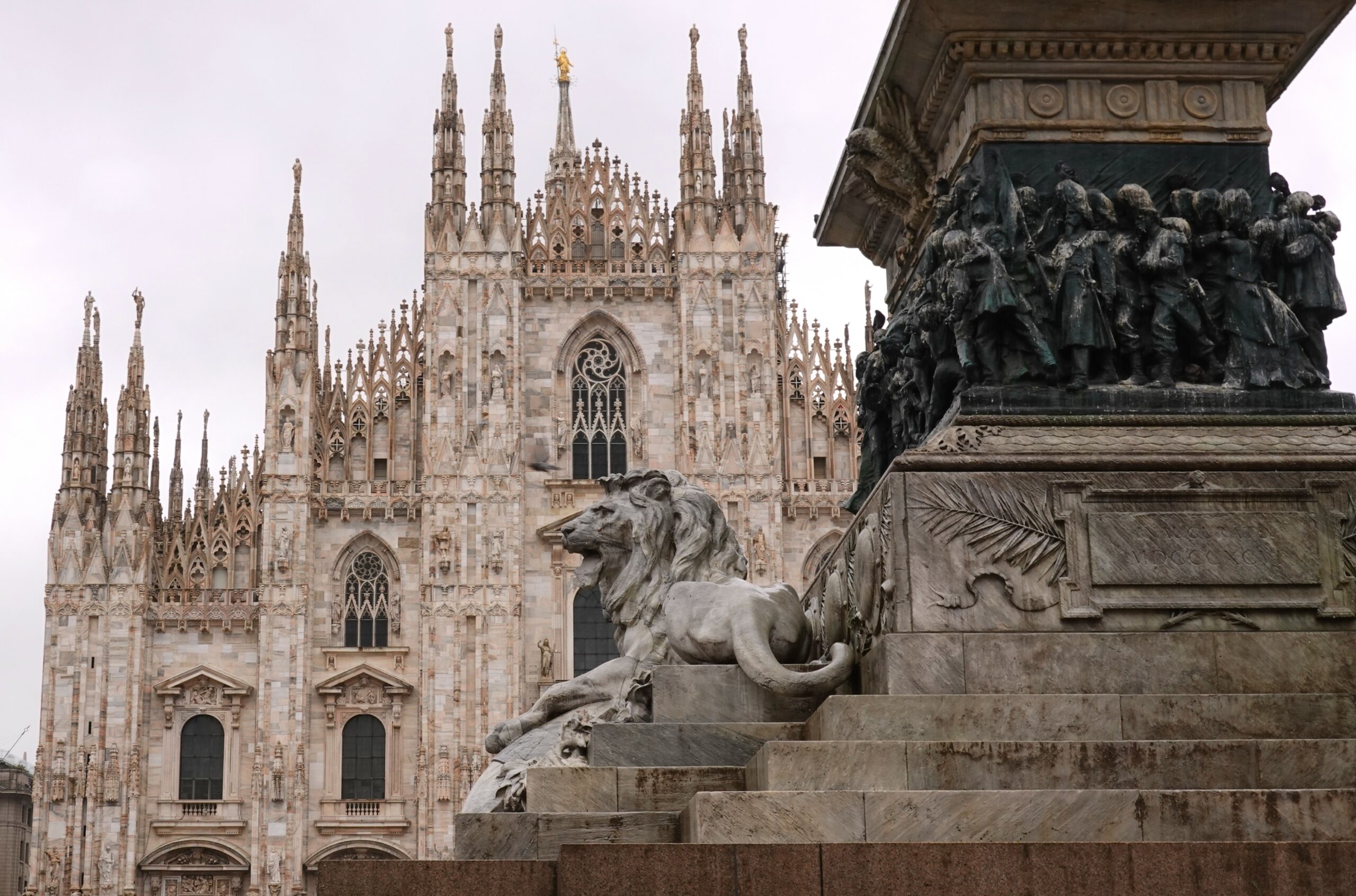
Today, visitors can explore the Duomo through guided tours (or without) that provide insight into its rich history and architectural significance. Climbing to the rooftop offers breathtaking panoramic views of Milan and a close-up look at its stunning architecture. The Duomo is conveniently located in the heart of the city, easily accessible by public transport, with the Duomo metro station nearby. Entrance to the cathedral is free, but tickets are required for rooftop access and guided tours. As an additional point, be there on time because there is a waiting line to get in.
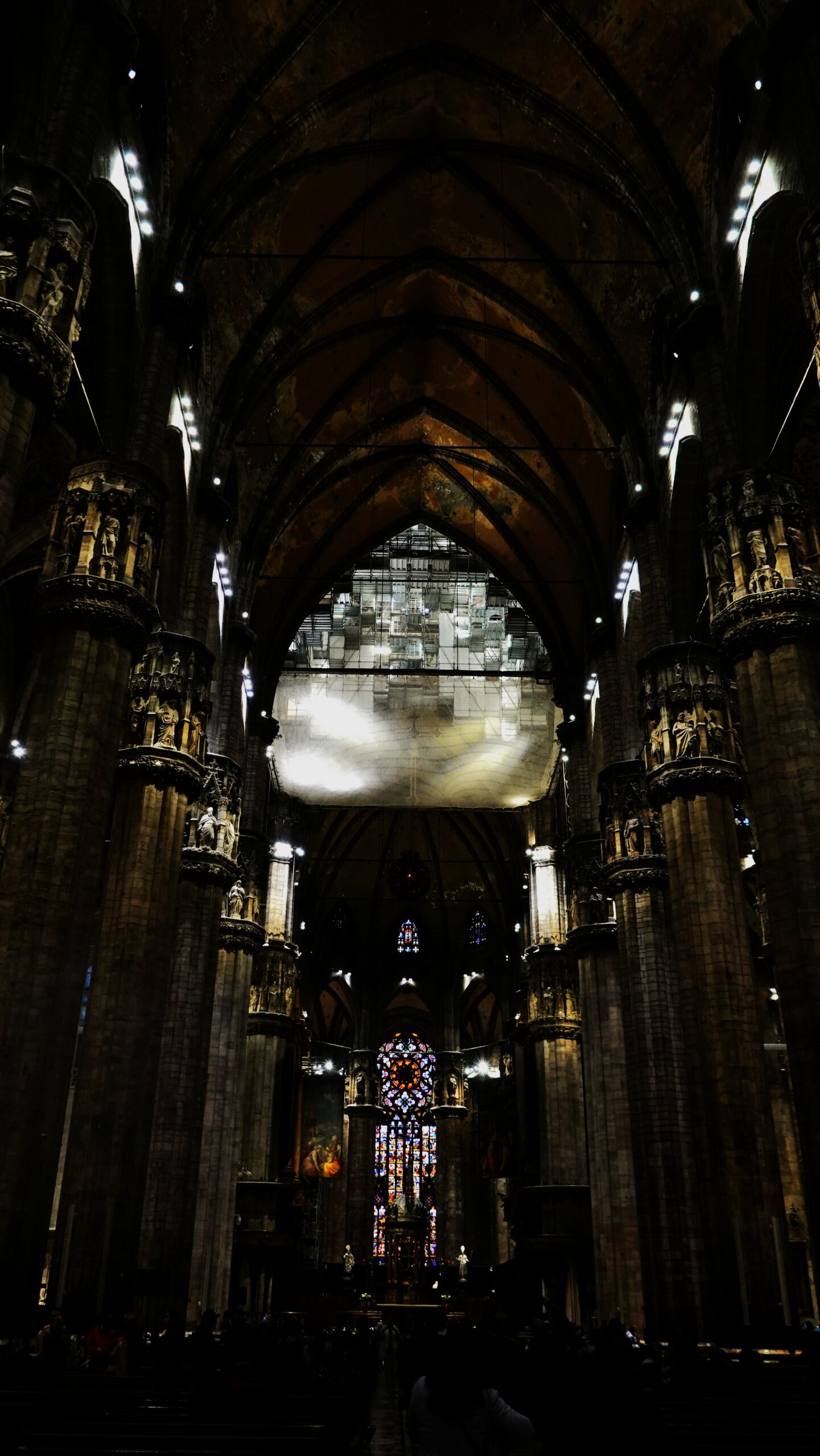
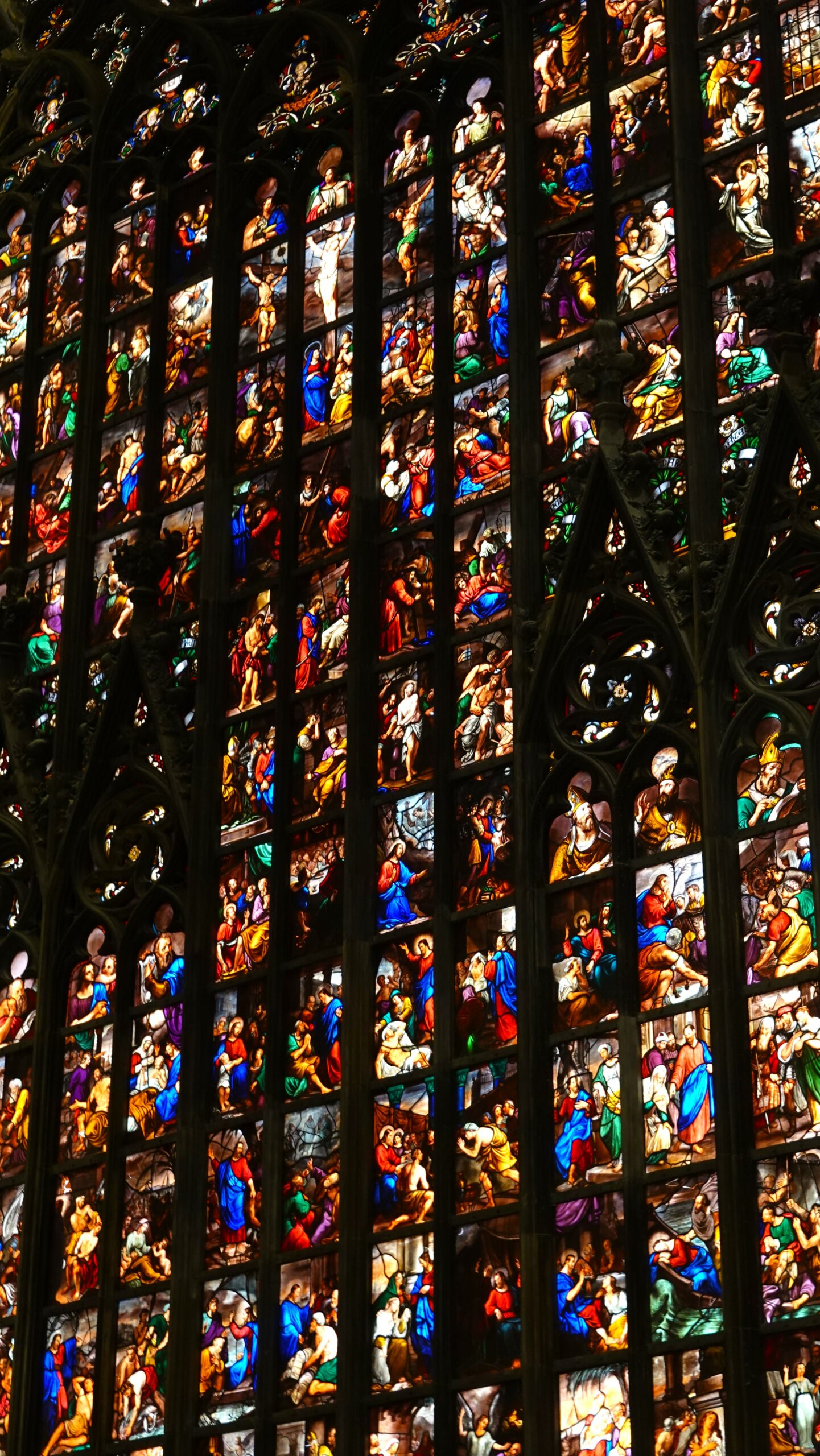
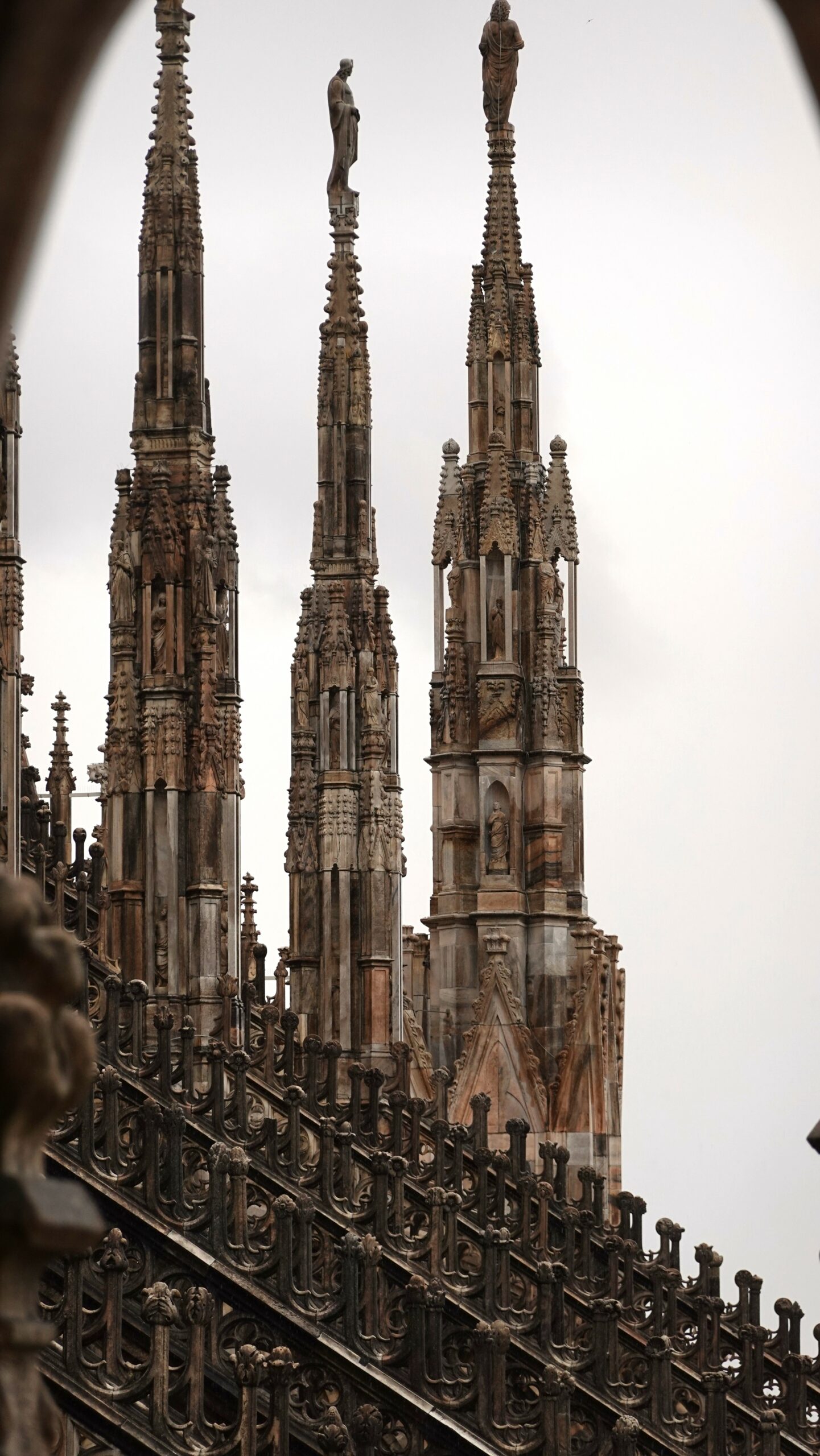

The Brera neighborhood
For lunch we spent time in The Brera neighborhood in Milan. This neighborhood is a charming district known for its artistic heritage, picturesque streets, and vibrant cultural scene. Visitors to Brera can stroll along its cobblestone streets, exploring a variety of boutique shops, art studios, and quaint cafes. Brera is easily accessible by Milan’s public transport system, with the nearby Montenapoleone metro station and various tram lines serving the area.
Derby della Madonnina
In the evening we attended the Derby della Madonnina, also known as the Milan Derby. It’s one of the most intense and celebrated rivalries in football, pitting two of Milan’s most storied clubs, AC Milan and Inter Milan, against each other. The derby is named after the iconic Madonnina statue atop the Milan Cathedral, symbolizing the city’s deep-rooted football culture.
Attending the Derby della Madonnina is a must for football enthusiasts visiting Milan. The match is typically held at the iconic San Siro Stadium, which is shared by both teams and offers an electric atmosphere on game day.
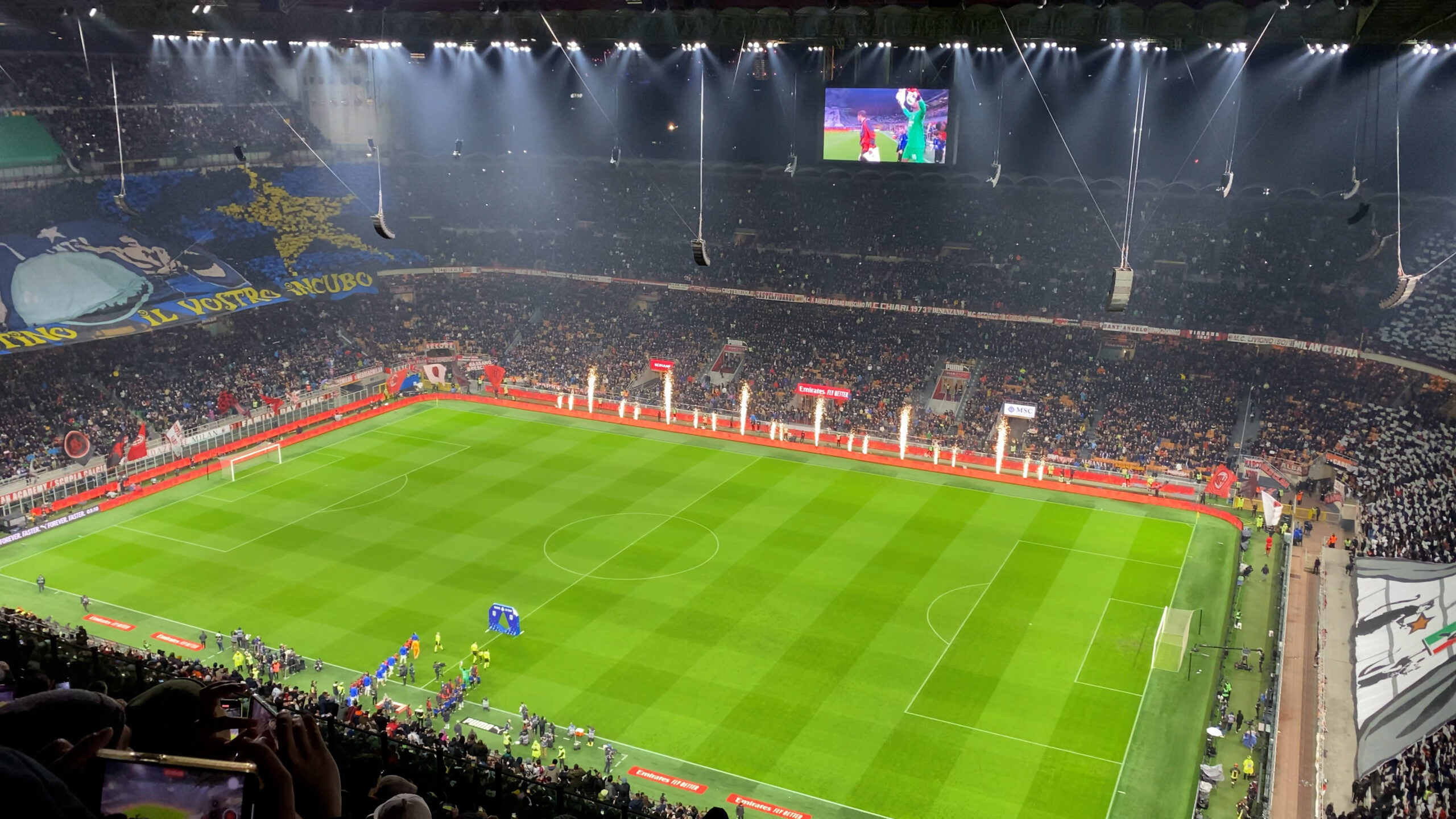
To visit Milan during the derby, plan your trip around the match schedule, which typically occurs twice a season in Serie A. The San Siro Stadium is easily accessible via public transport, with tram and metro options available for a convenient journey to the game.
Getting a ticket for this game is not very easy. First, you must purchase a clubcard on time and then wait until the date that the clubcard owners can purchase the match tickets. Then you are placed in a nerve-racking queue and when it is your turn you should not take too long to pick your seats. Once it is done, and you are there then it is well worth all the trouble.
We also visited the AC Milan museum (Casa Milan), through this link you can read the blog.
Public Transportation
Milan’s public transportation system is efficient and well-connected, comprising the metro, trams, and buses. The metro has four main lines (M1, M2, M3, M5) covering key areas and attractions. Trams are a charming way to travel, offering scenic routes through the city, while buses provide extensive coverage, including areas not served by the metro or tram. Tickets are valid across all modes of transport and can be purchased at metro stations, newsstands, or via mobile apps. Public transit is a convenient and cost-effective way to explore Milan.
End of our Journey in Milan
Our favorite activity in Milan was strolling through Parco Sempione on a beautiful day. The park’s serene atmosphere, lush greenery, and picturesque views, including landmarks like the Sforza Castle and Arco della Pace, made it a delightful escape from the city’s bustle. It was the perfect spot to relax, enjoy nature, and soak in Milan’s charm.
After about 48 hours in this vibrant city, we were positively surprised and we hope we were able to convey this into this blog. This city is incredibly versatile and has something for everyone. We consider 2 days (48 hours) sufficient for a good balanced experience. Of course, you can spend less or more time here according to your own wishes. After all, there are many museums to visit. You can also explore everything at a slightly slower pace. So whether you have 24, 48 or more hours than this to spend in Milan, you can always fill it to your own desires and have great time here.
We captured our trip in a vlog which you can view below and on our YouTube channel, and when you like to read at your own pace you can read this blog.
* This post may contain affiliate links, which means we may earn a small commission if you click through our link and make a purchase at no extra cost to you.

